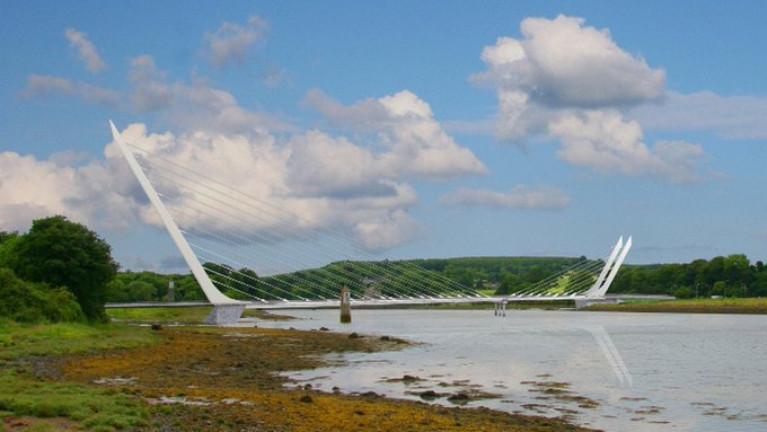Displaying items by tag: New Bridge
A new bridge will be part-funded by Liverpool City Council which will spend £200,000 on the project to connect Princes Dock to the new Isle of Man ferry terminal.
The Isle of Man Government says this will provide a more direct link to the city centre for ferry foot passengers than following a route along roads.
Council documents show the bridge will cost a total of £298,138.52.
Developer Liverpool Waters says the bridge will be ready for the opening of the new ferry terminal expected in June 2023.
As Manx Radio reports the development is expected to be ready when the terminal opens.
Funding of €3m has been announced by the Government to progress work on the cross-border Narrow Water Bridge, which will link the Mourne mountains area with the Cooley peninsula.
The money from the Shared Island Fund will see the project brought to tender stage, based on the current design of the bridge and existing planning permission.
Taoiseach Micheál Martin said further funding will be allocated from the Shared Island Fund once the due diligence process has been completed and the final costs of the project are determined.
Planning permission is in place for a 280-metre cable-stayed bridge, anchored by two towers at either end, for car and cycle traffic.
The proposed bridge would connect the A2 Newry to Warrenpoint dual carriageway in Co Down with the R173 at Omeath in Co Louth and would have the ability to allow for passage of vessels through and on to the Newry Canal.
More reports RTE News.





























































